Our loyal readers will immediately recognize the name San Romualdo! How often did we mention this saint in our articles? The Saint was born between 951-953 in Ravenna, not exactly near Le Marche, especially at that time!
Around the age of 20 he converted to the Benedictine order, stayed in Spain, came back to Ravenna, and then eventually, around the Year 1000, ended up in Camaldoli, near Arezzo. There, he founded a branch of the Benedictines: the Camaldolese Order, to which he also added Eastern hermitage in addition to the Western Ora et Labora (pray and work). This union of Western and Eastern philosophy was reflected in the symbol of this Order: two doves drinking together from the same chalice.
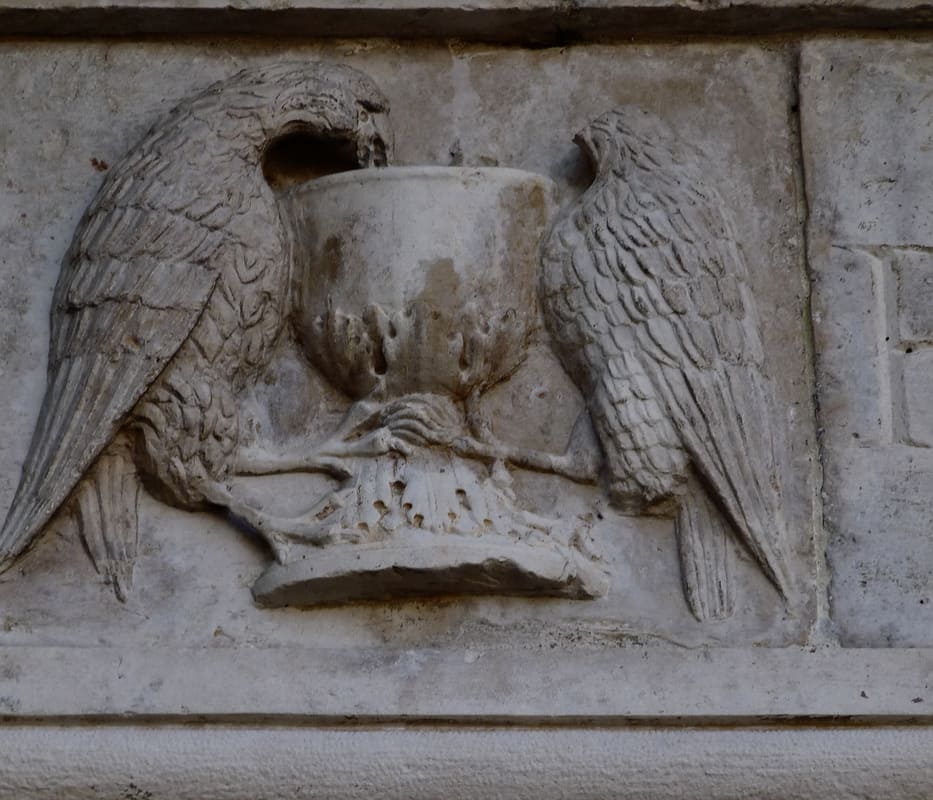
The Camaldolese monks therefore often built hermit caves, or hermit buildings, in addition to ordinary monasteries. For example, the Eremo dei Frati Bianchi in Cupramontana, where the first monks lived in cliff dwellings.

An 18th century copy of the painting The Apparition by Andrea Sacchi (17th century in the Vatican Museums) hangs in the San Leonardo Church in Cupramontana. Here San Romualdo is depicted as an elderly man in his white habit.
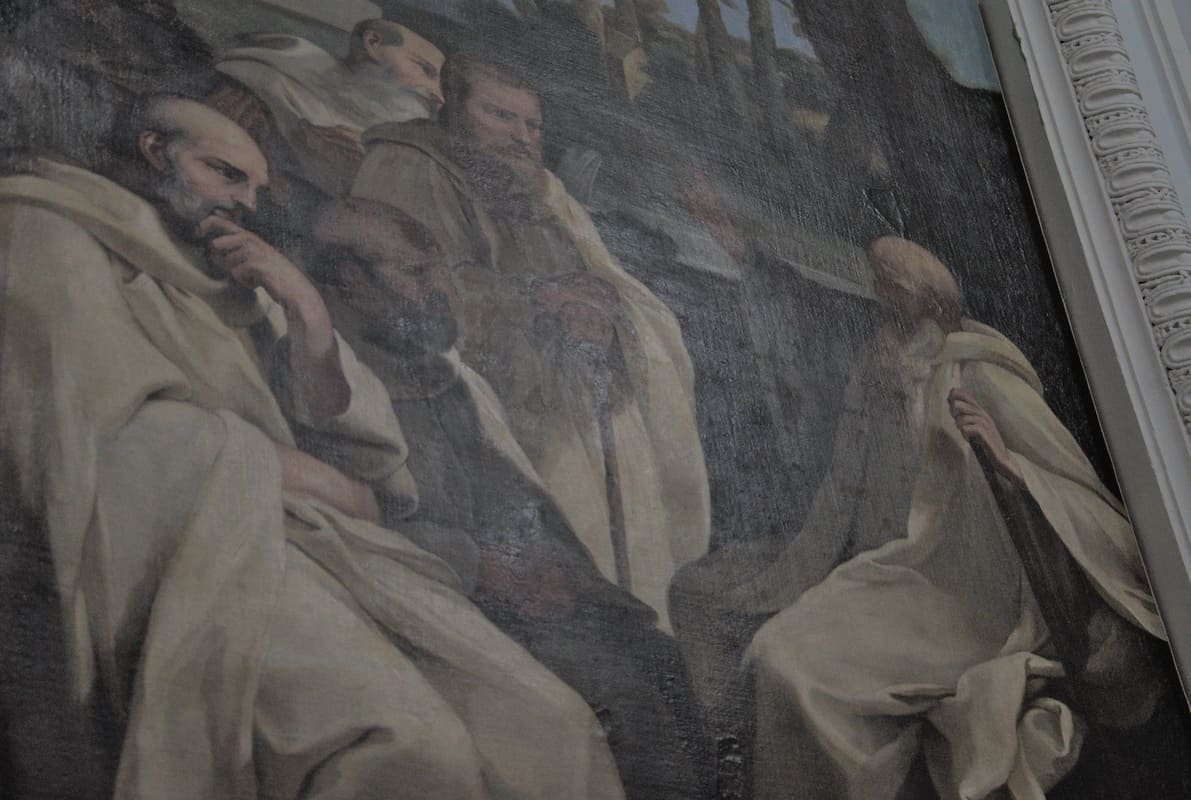
Romualdo then moved regularly in Umbria and Le Marche, where he died in 1027 in the abbey of Valdicastro.
In addition, a small community took the name of this saint: Poggio San Romualdo
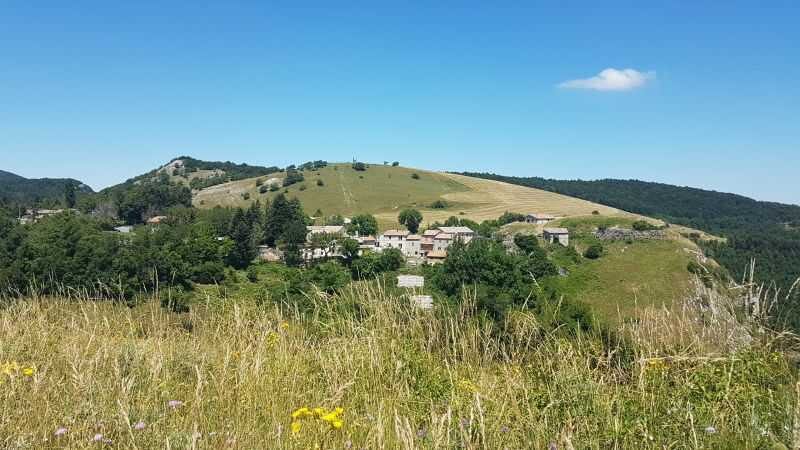
He was canonized in 1595. But already in 1480 his body was already important. Two monks from Ravenna tried to smuggle Romualdo’s body from the Abbey of Valdicastro back to his hometown. But during their stop in Jesi, their plan was discovered. From then on, a whole battle started between Fabriano (to which Valdicastro belonged) and Jesi, because relics or better still bodies of clerics who were venerated, always attracted many pilgrims and of course meant income!
In the end, Fabriano received almost all of the body, with Jesi receiving part of the arm that can be seen in the Cathedral of Jesi.
This is how Romualdo ended up in the San Biagio church of Fabriano (13th-18th century), which was then called the Chiesa dei Santi Biagio e Romualdo.
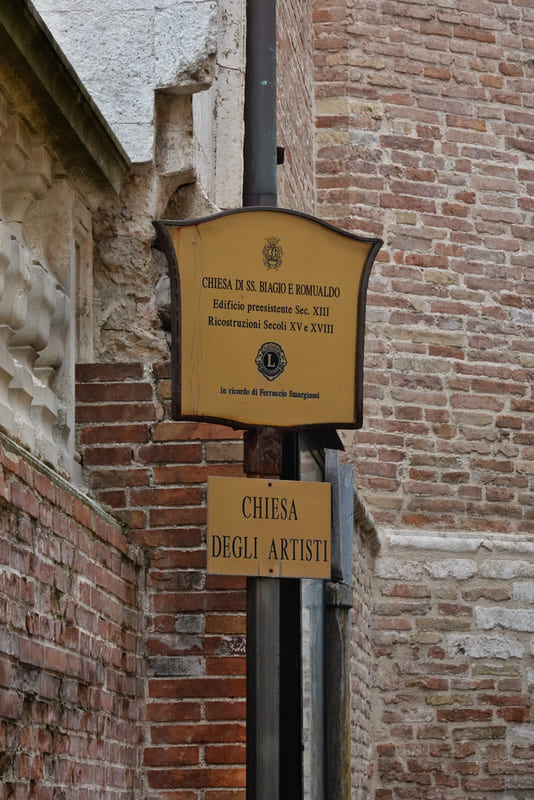
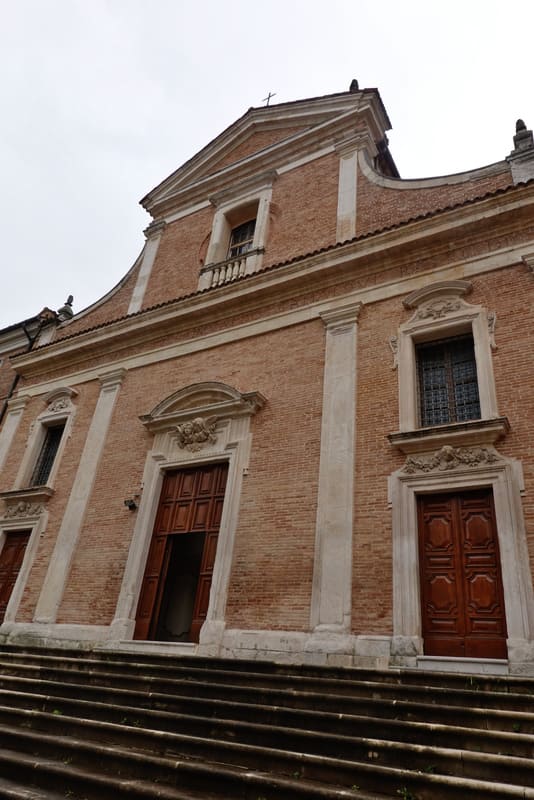
In our previous article about our visit to the Oratory del Gonfalone , we already mentioned that a volunteer took us to the crypt of San Romualdo. The crypt could not be visited but he had the key!
For almost 300 years, the urn of San Romualdo was located at the top of the church, until a crypt was built under the altar in 1748. Barely 50 years later, this space was already expanded.
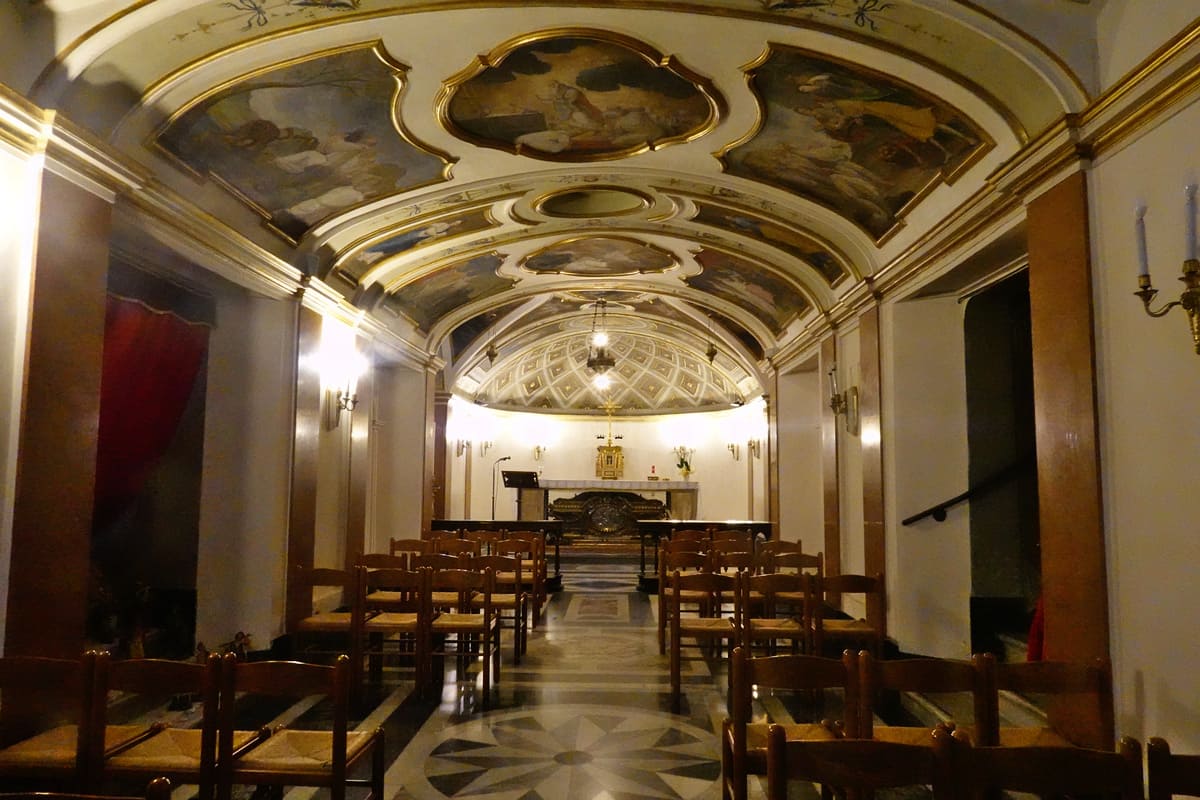
At the very front we saw the urn/tomb, richly decorated. The back, on the other hand, showed how the urn originally looked:


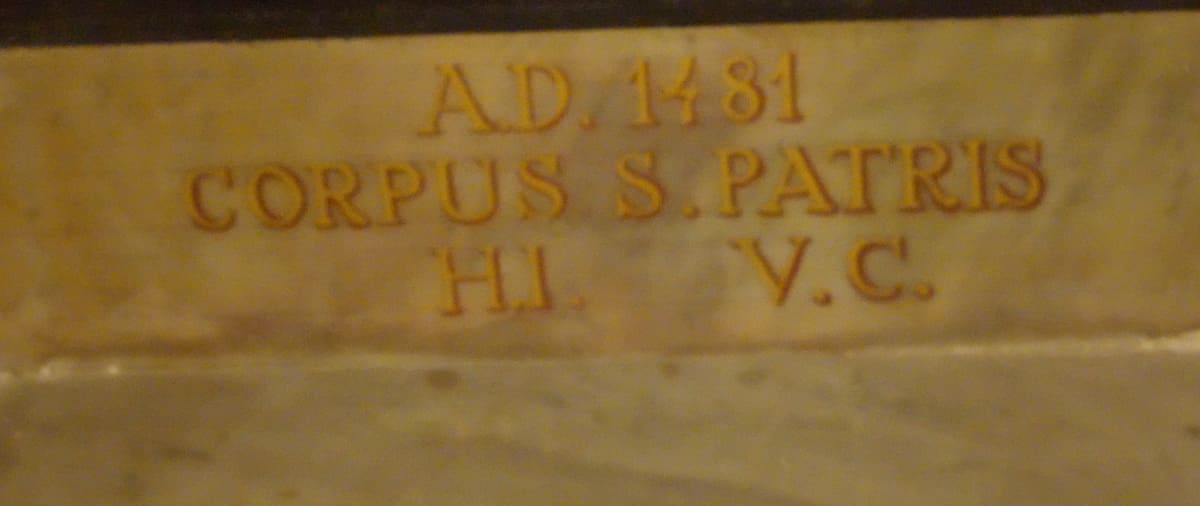

All the paintings told something about the life of San Romualdo and the divine eye could not be missing.
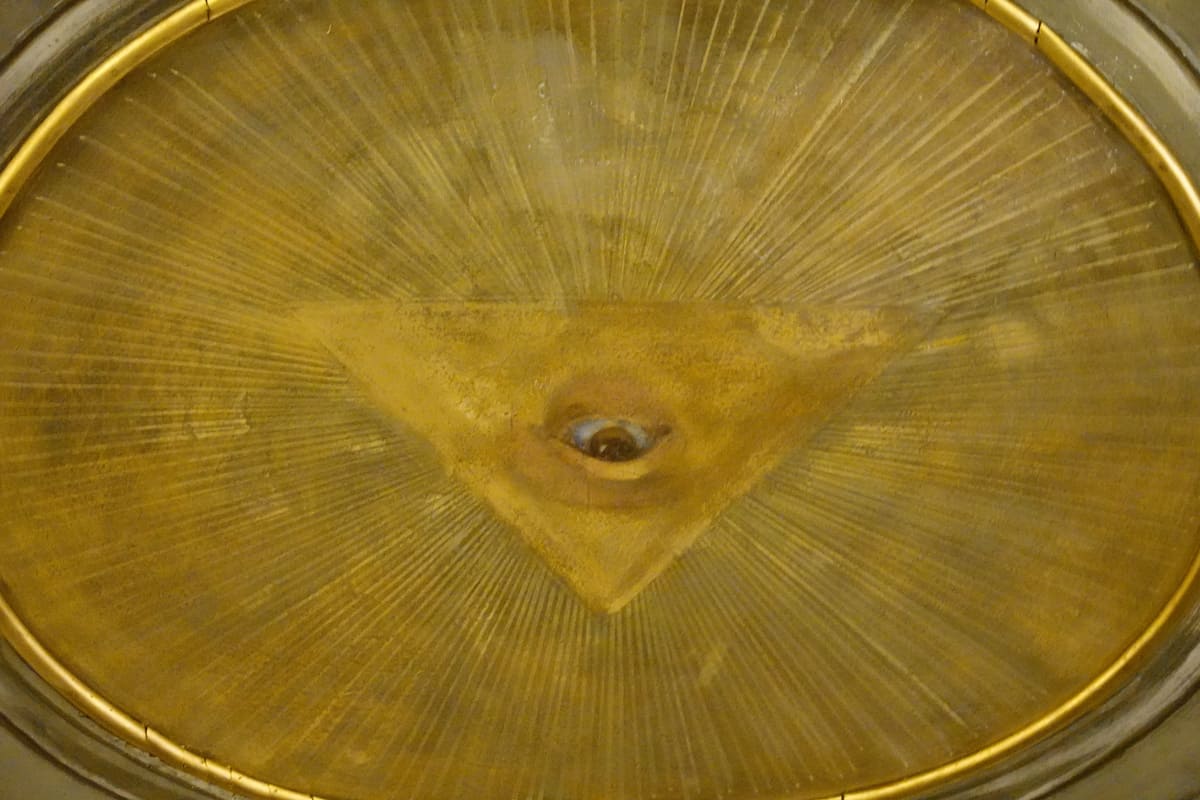

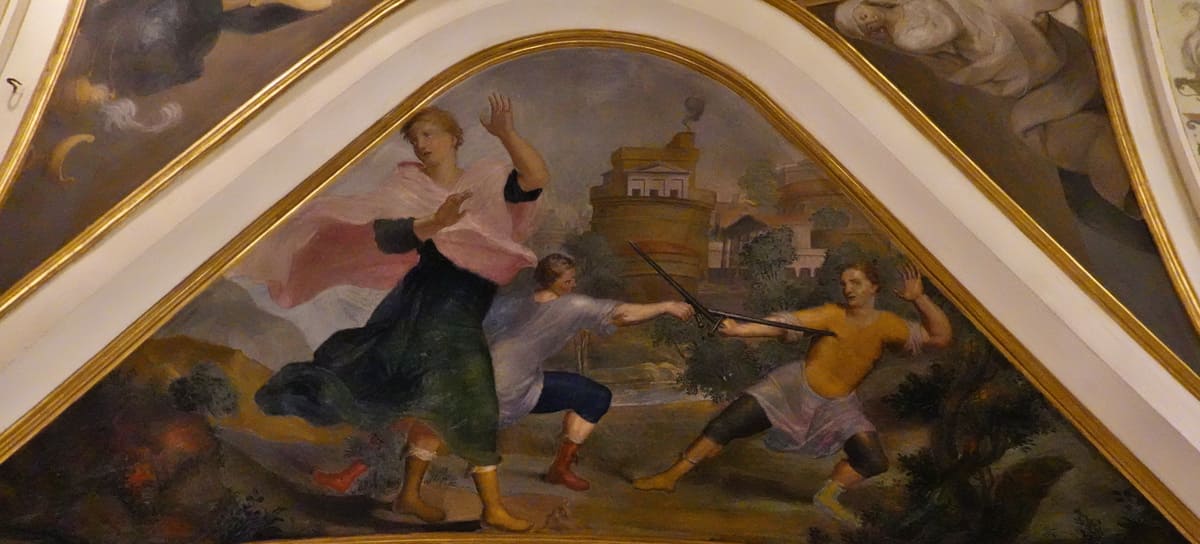
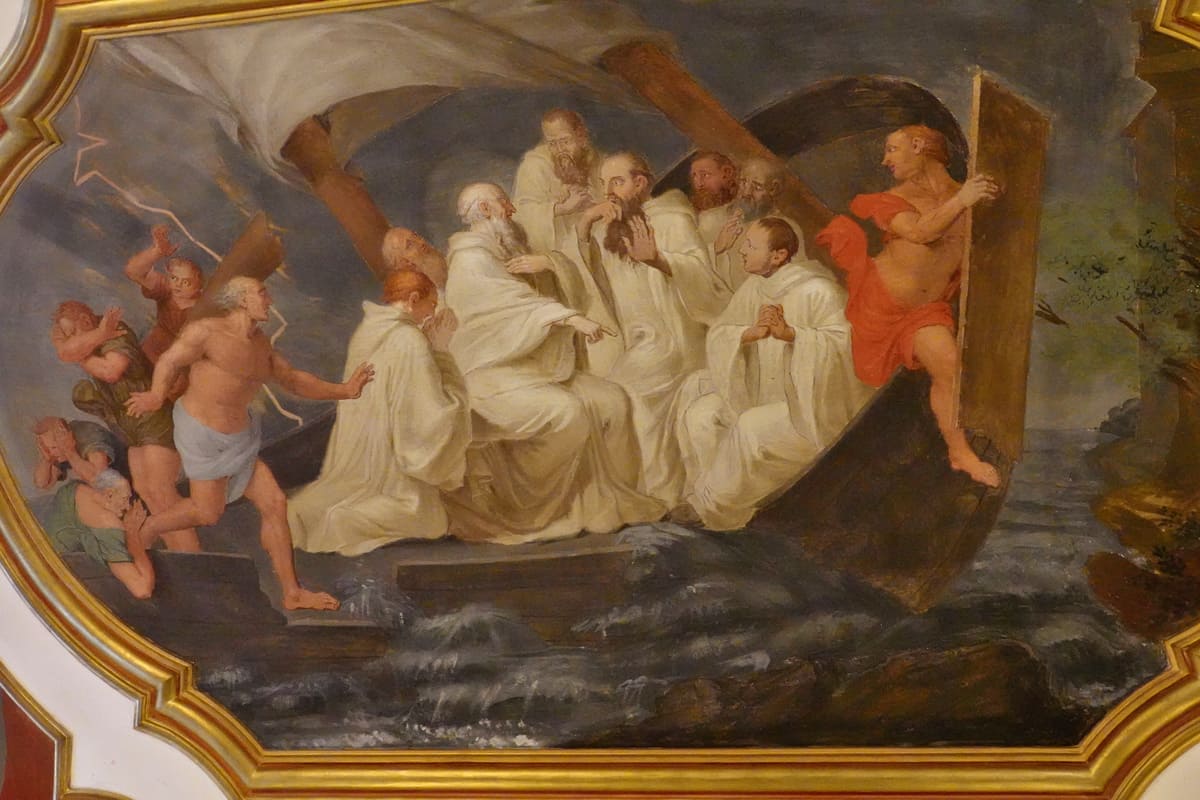
A young sculptor from Fabriano Fabi Altini made a marble statue of this saint in 1855:
On the one hand, two busts recall the Camaldolese abbot Albertinus Bellenghi who left gifts in his will to beautify the crypt
On the other hand, there is the only Camaldolese pope that ever existed: Pope Gregory XVI. In 1841 he visited the crypt as pope.
In 1980, a university team studied the bones of San Romualdo and confirmed his identity.
If there is no mass, you can simply visit the crypt through the church or you can attend the daily mass at 8.30 in the crypt.
Next to the church was the cloister of the former San Biagio Monastery
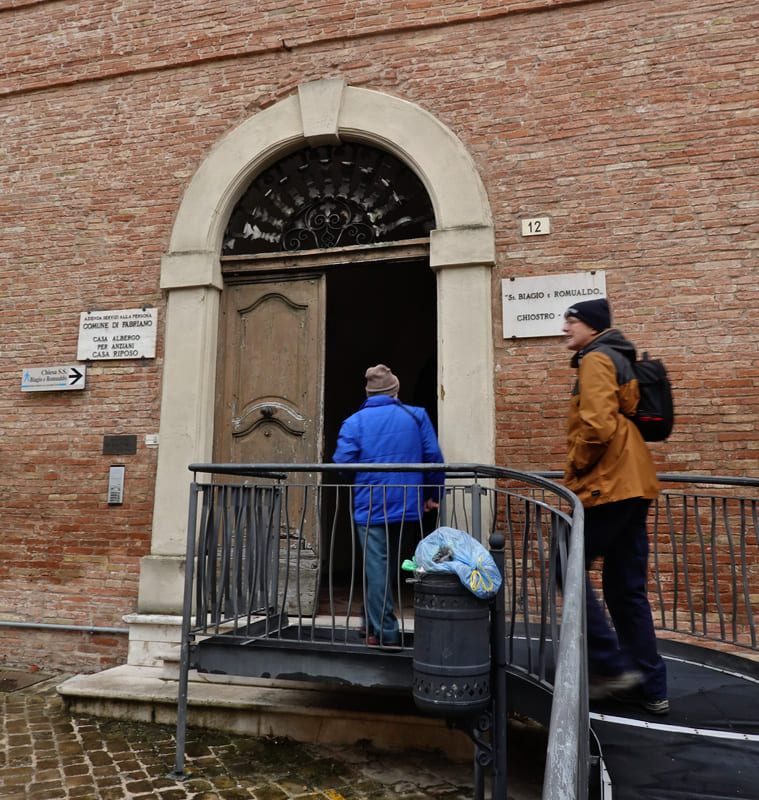
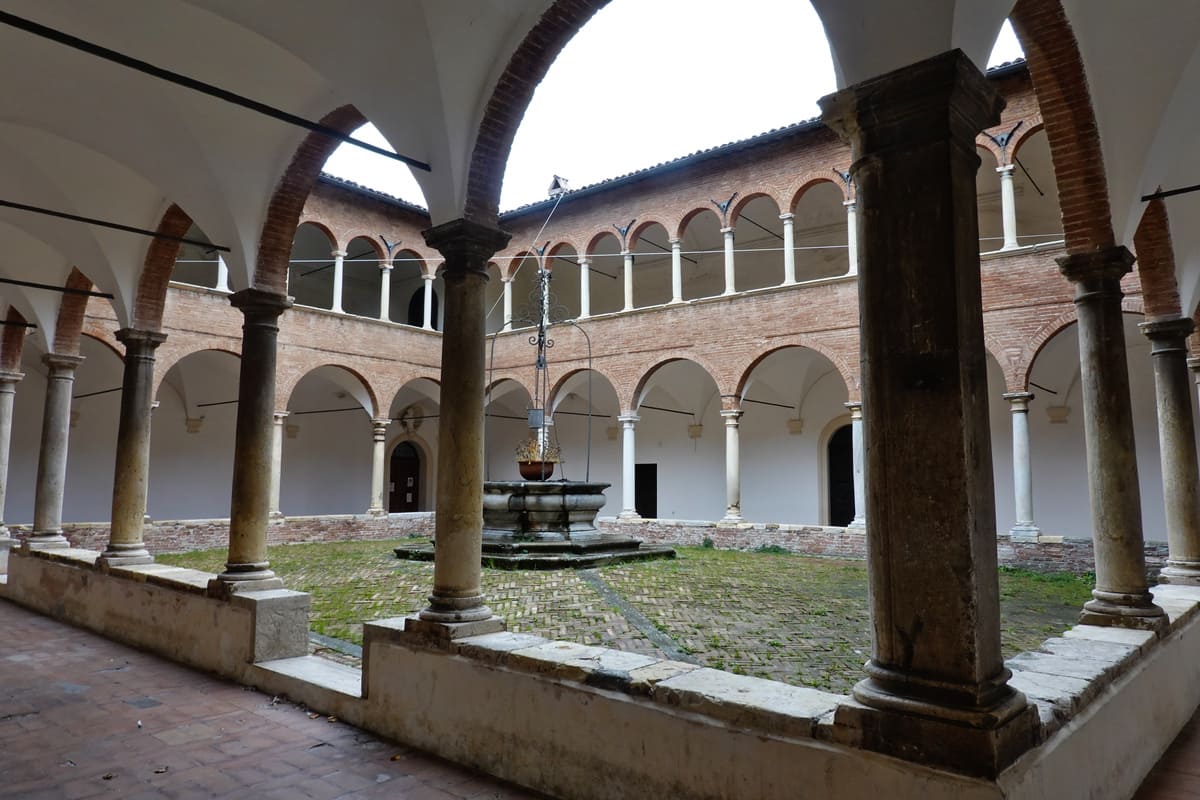
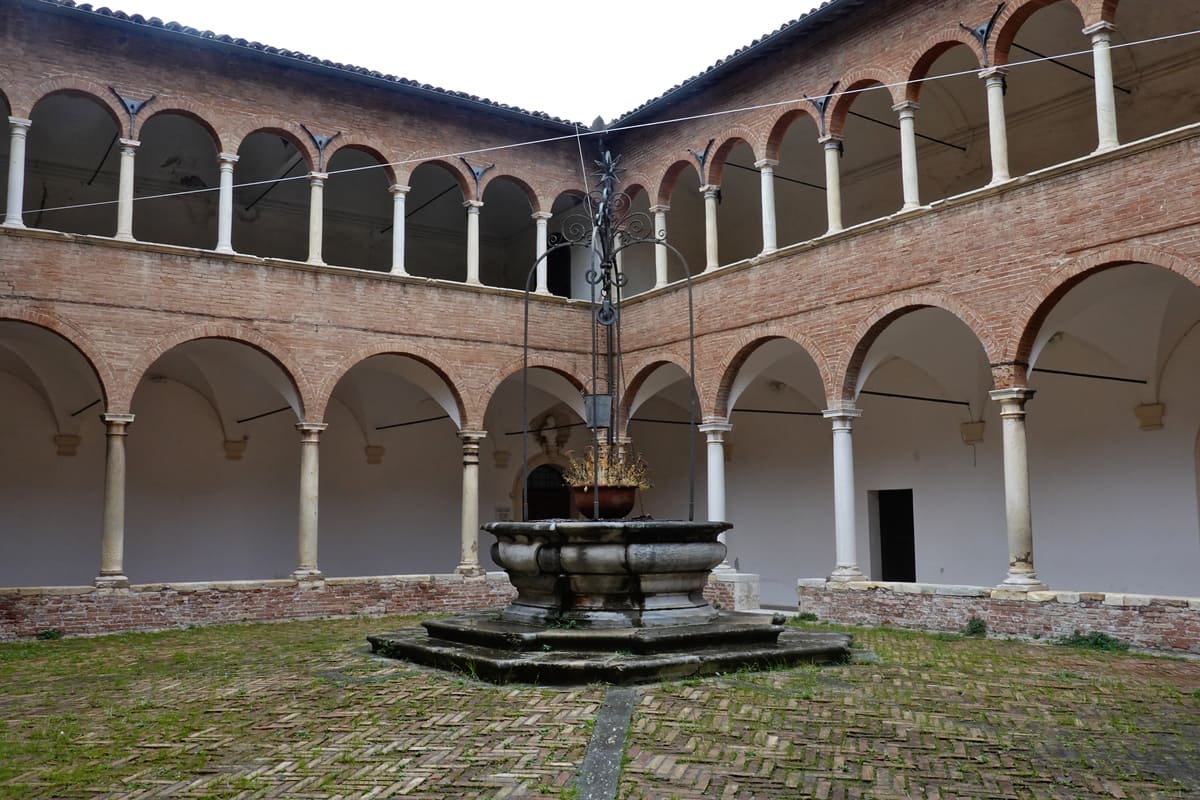

Incredibly enough, one monk still lived here.
Unfortunately we could not see the church itself, but we will come back next time. Here are the coordinates where the crypt is located.
Another interesting tour!
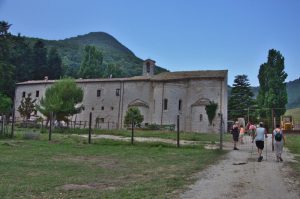
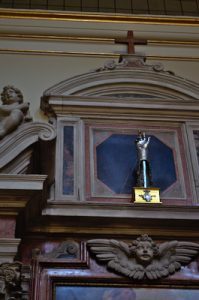
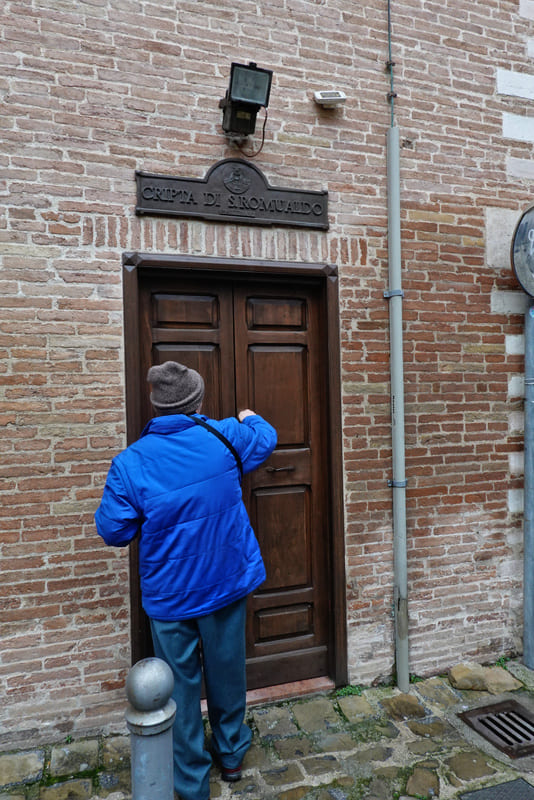
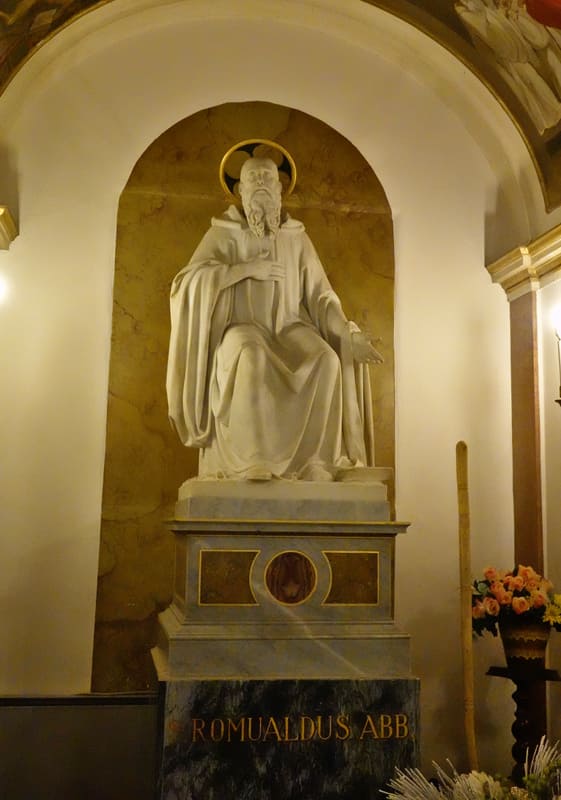
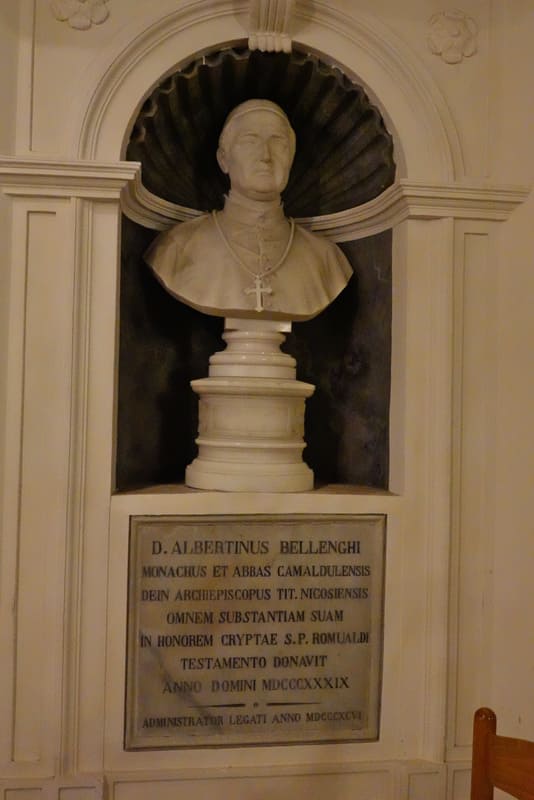



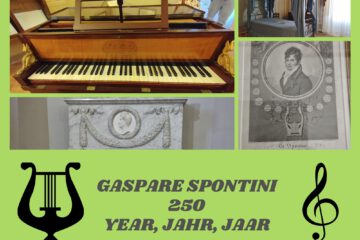
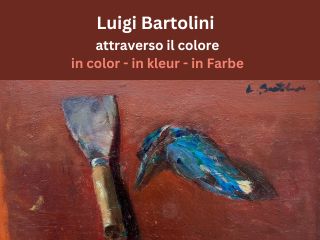
0 Comments